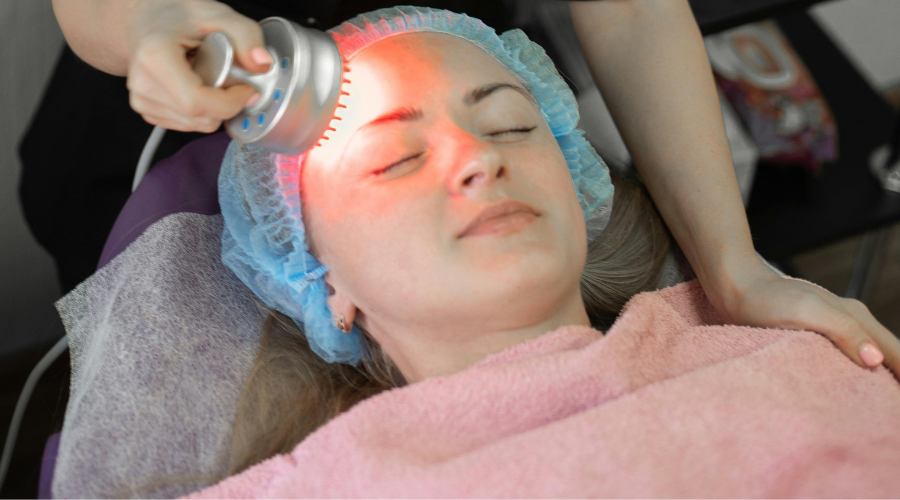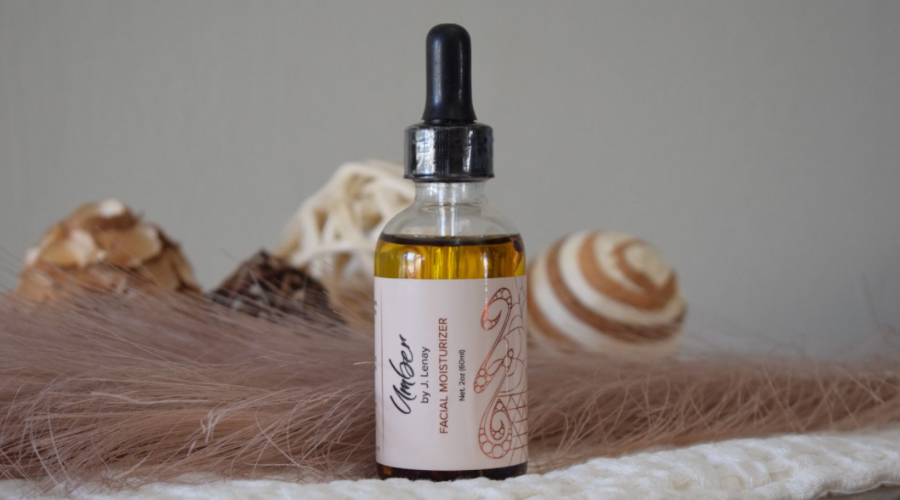How do You Get Rid of Facial Hair on Sensitive Skin?

Have you ever tried shaving, waxing, or plucking only to end up with razor burn, ingrown hairs, bumps, and irritation? If you have sensitive skin, removing facial hair can be a real pain. But don't worry; there are ways to get a smooth face without causing a flare-up. In this article, we'll go over the best facial hair removal methods for sensitive skin.
How do you get rid of facial hair on sensitive skin? From at-home remedies like sugaring to professional treatments like laser hair removal, we've got you covered. We'll also talk about what to look for in products and how to care for your skin afterward. Get ready to say goodbye to bumps and redness and hello to soft, hair-free skin!
Understanding Facial Hair and Sensitive Skin
If you have sensitive skin, removing unwanted facial hair can be tricky. Sensitive skin is more prone to irritation and inflammation from hair removal methods like waxing or lasers. The key is understanding how your sensitive skin reacts to different hair reduction techniques so you can choose an approach that's effective yet gentle.
Skin sensitivity
Sensitive skin tends to be thinner and more delicate. It often reacts strongly to environmental factors like sun exposure or harsh skin care products. If your skin frequently feels tight, itchy or stings, you likely have sensitive skin. The sensitivity can extend to your hair follicles, causing redness and irritation from hair removal.
Facial hair growth
Most women naturally have some fine facial hair, especially on the upper lip and chin. But in some cases, hormones can stimulate excess hair growth known as hirsutism. The most common cause is polycystic ovary syndrome. Excess facial hair can be embarrassing, but the good news is there are ways to reduce hair growth and achieve smoother skin.
Finding the right method
For sensitive skin, hair removal methods like intense pulsed light (IPL) or laser treatments may be too harsh. Tweezing and depilatory creams can also irritate sensitive skin. Your best options are waxing, preferably with a gentle wax formulated for sensitive areas, or using a hair reduction fade oil. Be sure to exfoliate the area regularly and moisturize daily to prevent ingrown hairs. With some trial and error, you can find a hair reduction technique that leaves your sensitive skin soft and hair-free.

Top Facial Hair Removal Techniques for Sensitive Skin
If you have sensitive skin, removing unwanted facial hair can be tricky. Harsh chemicals and abrasive methods often lead to irritation, redness and discomfort. The good news is there are a few gentle options for your delicate complexion.
Laser Hair Removal
Laser therapy uses targeted light pulses to damage hair follicles, preventing regrowth. It's a popular choice for sensitive skin since it's non-invasive and precision treatments can be tailored to your skin type. Multiple sessions are required, but results are long-lasting. The downside is that it can be expensive treatment.
Electrolysis
Electrolysis is another method that uses electric currents to destroy hair follicles. A thin probe is inserted into each follicle to deliver a zap of energy. It's considered the only permanent hair removal technique but requires multiple treatments and can cause redness or swelling. Electrolysis is also painful and expensive.
Epilators
Epilators provide an inexpensive at-home option. They grasp multiple hairs at once and pull them out by the roots. While epilating can be painful at first, hair regrowth takes longer and results in finer hair over time. Be very gentle when using an epilator on sensitive areas. Apply a numbing cream beforehand and start on a low speed setting.
Hair Reduction Fade Oil
For those looking for an affordable and pain-free hair reduction method, we recommend a hair reduction fade oil. Made with natural ingredients, a hair reduction fade oil will reduce the growth of facial hair overtime by weakening the hair follicle at the root. This results in thinner, slower hair regrowth.
How to Shave Your Face with Sensitive Skin
Find the Right Razor
When shaving sensitive skin, the razor you choose is critical. Look for a razor specifically designed for sensitive skin that has built-in lubrication strips or gel pads. These provide extra glide and cushioning. Multiple blades can irritate sensitive skin, so stick with 2 blades. A pivoting razor head will also help the blades glide smoothly over the contours of your face.
Prep Your Skin
Before shaving, wash your face with a mild cleanser to remove excess oil and dead skin. Apply a warm washcloth to your face for a few minutes to soften the hair. Then apply a shaving gel, cream or oil and let it soak in for 2-3 minutes. This will hydrate your skin and hair, allowing for a closer shave. Look for a product formulated for sensitive skin that is fragrance-free, hydrating and soothing.
Shave Carefully
Shave in the direction of hair growth using light, short strokes. Stretch your skin taut with your free hand while shaving problem areas like the neck. Rinse your razor frequently under warm water to prevent clogs. Shave once with the grain, then reapply shaving product and shave across or against the grain if needed.
Rinse and Moisturize
Rinse your face with warm water to remove any remaining shaving product. Pat dry gently with a towel. Apply an after-shave facial moisturizer formulated for sensitive skin to hydrate, soothe and protect your skin. Your skin may be slightly pink immediately after shaving, but irritation should subside within a few hours. See a dermatologist if redness persists or you experience ingrown hairs.

Aftercare for Sensitive Skin Post Hair Removal
Hydrating Facial Moisturizer
After hair removal, your sensitive skin will likely experience some irritation. Apply a soothing facial moisturizer to calm redness and itching. Reapply the moisturizer for the first few days until the sensitivity subsides.
Avoid sun exposure
For at least two weeks post-treatment, avoid direct sun exposure or tanning beds. Sensitive skin is more prone to sun damage, and the hair removal process can make it even more vulnerable. Too much sun can also darken the appearance of hair follicles and increase the risk of post-inflammatory hyperpigmentation. Wear broad-spectrum sunscreen with SPF 30 or higher and reapply every two hours if you do go outside.
Exfoliate gently
Once irritation has decreased, you can resume exfoliating to prevent ingrown hairs. Use a mild scrub to slough off dead skin cells. Be very gentle, especially the first time. Exfoliate 1-2 times a week to unclog hair follicles and allow new hair growth to emerge. This also helps fade any discoloration from the hair removal procedure.
Moisturize daily
Apply a fragrance-free moisturizer daily to hydrate sensitive skin and speed healing. We prefer a facial moisturizer that’s a natural oil. Moisturizing helps soften hair follicles and prevents ingrown hairs, ensuring the smoothest results from your hair removal treatment.
With the proper aftercare, your sensitive skin can recover quickly from hair removal. Be gentle, avoid irritation, and keep your skin hydrated and protected. When you’re looking to get rid of facial hair on sensitive skin, follow these steps to minimize discomfort and get back to buttery soft, hair-free skin in no time.





